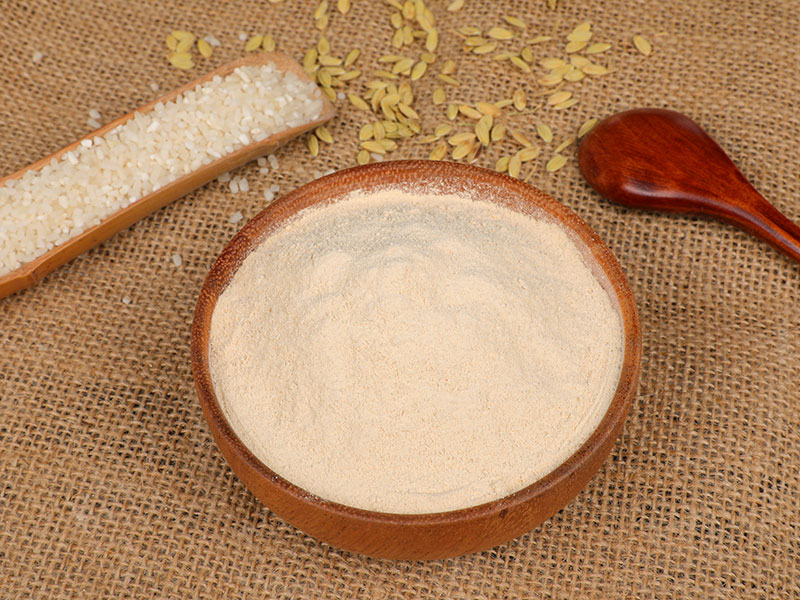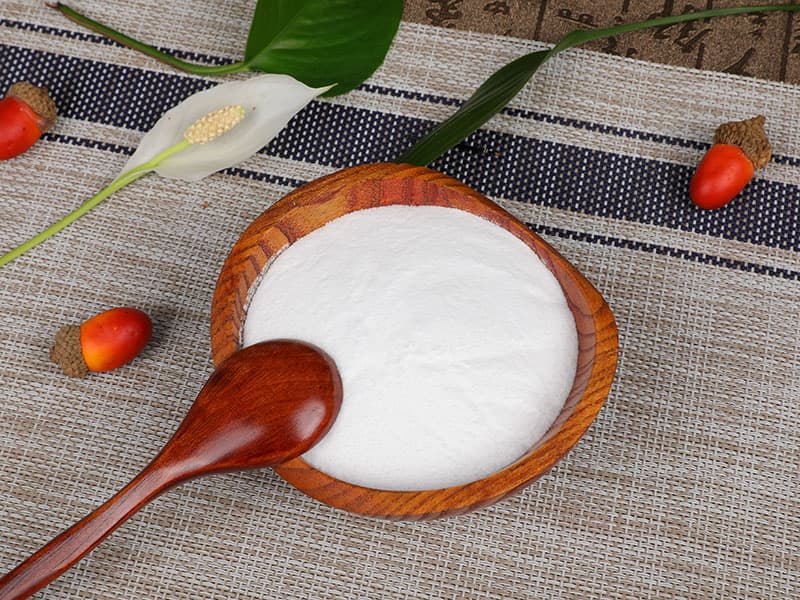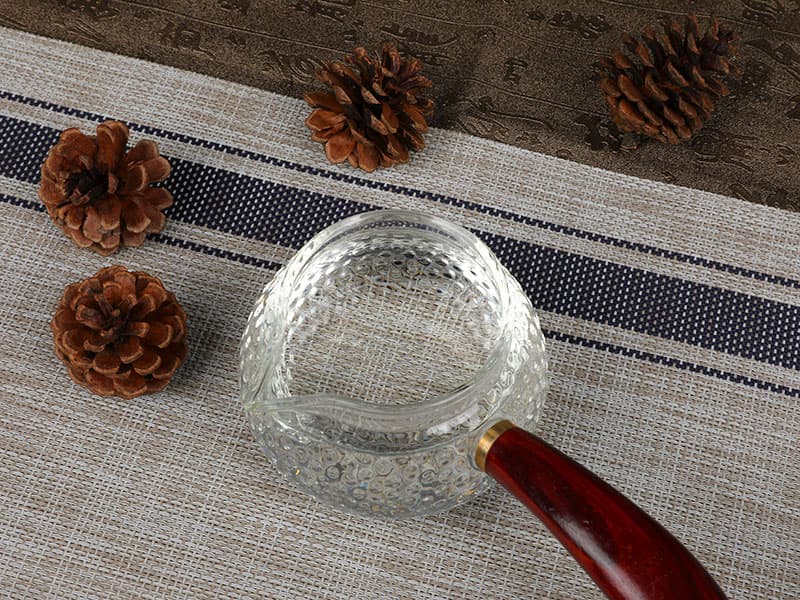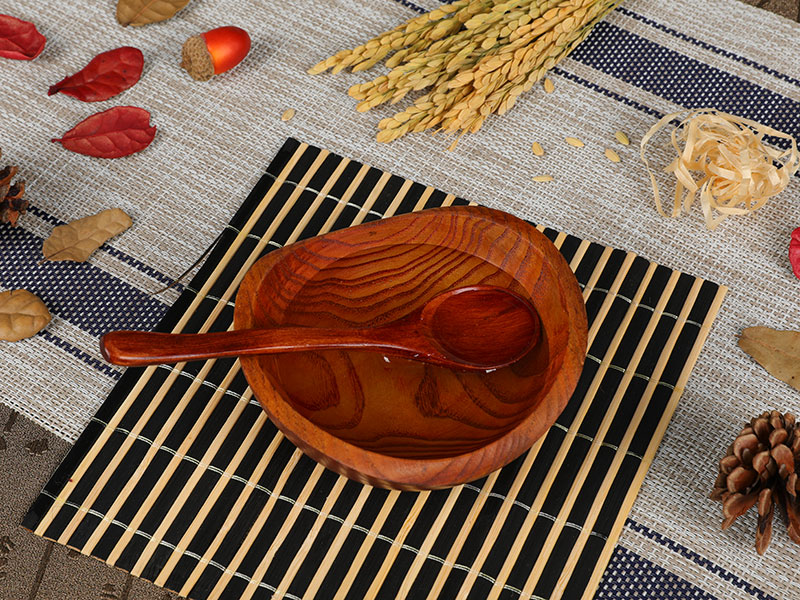Here are some key considerations:
Sweetness and Flavor:
Determine the desired sweetness level and flavor impact of maltose syrup in the final product. Maltose syrup has a relatively mild sweetness and a clean, neutral flavor, making it suitable for various applications.
Solubility:
Maltose syrup is highly soluble in water, which can be an advantage in many applications. Consider the solubility requirements of the specific product and how maltose syrup will interact with other ingredients.
Viscosity and Texture:
Maltose syrup can contribute to the viscosity and texture of the product. Depending on the desired consistency, manufacturers should consider the DE (dextrose equivalent) value of the maltose syrup. Lower DE values result in thicker, more viscous syrups, while higher DE values yield thinner, more fluid syrups.
Moisture Retention:
Maltose syrup has hygroscopic properties, meaning it attracts and retains moisture. This can be advantageous in applications where moisture retention is crucial, such as in bakery products to prevent staling.
Color:
The color of maltose syrup can vary depending on its degree of processing. Manufacturers should choose a maltose syrup with the desired color for their product.
Crispness and Texture Enhancement:
Maltose syrup can enhance the crispness of certain products like crackers or cookies when used in combination with other sweeteners or texture-enhancing ingredients.
Substitute for Other Sweeteners:
Maltose syrup can be used to partially or fully replace other sweeteners, such as sucrose or high fructose corn syrup (HFCS), to achieve specific formulation goals, such as reduced sweetness or improved texture.
Flavor Masking:
Maltose syrup can be used to mask off-flavors in some applications. Manufacturers should consider whether the neutral flavor of maltose syrup can help improve the overall taste profile of the product.
Hygiene and Quality Standards:
Ensure that the maltose syrup used in production meets industry standards for hygiene, quality, and safety. Compliance with food regulations and standards is essential.
Labeling and Nutritional Considerations:
Be aware of the nutritional content of maltose syrup, including its calorie content and glycemic index. Accurate labeling is important to convey nutritional information to consumers.
Product Stability:
Assess how maltose syrup may affect the stability and shelf life of the final product. Its hygroscopic nature can impact the moisture content and texture of the product over time.
Cost and Sourcing:
Consider the cost and availability of maltose syrup as an ingredient, and evaluate the sourcing options, including suppliers and quality.
Regulatory Compliance:
Ensure compliance with food safety and labeling regulations in the regions where the product will be sold. Maltose syrup should be used in accordance with applicable laws and regulations.
Allergen and Dietary Restrictions:
Be aware of any allergen concerns related to maltose syrup and its potential impact on consumers with dietary restrictions or allergies.


 English
English 中文简体
中文简体





